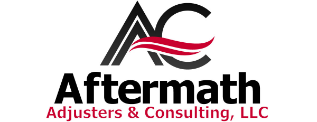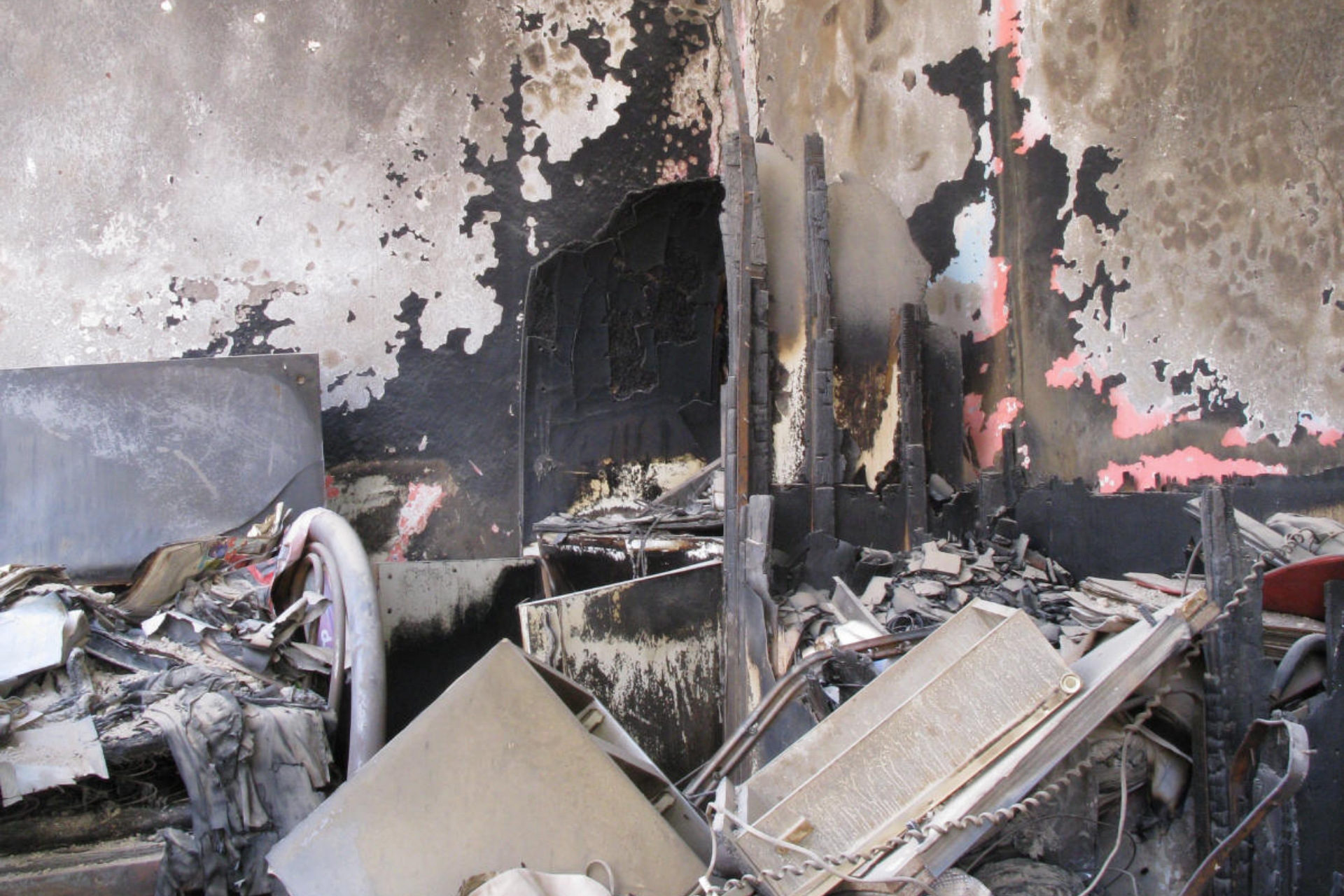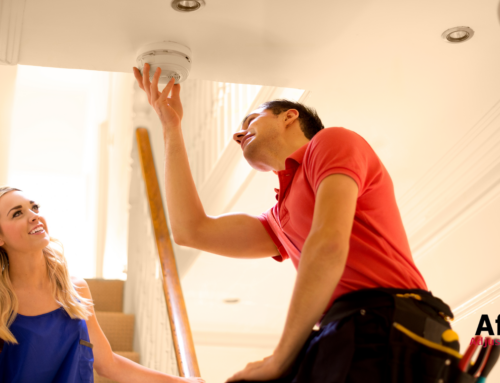Having a home fire can be a devastating experience and trying to file a claim for smoke damage can make it even more difficult to handle. In order to make a terrible situation a bit easier, we wanted to give you four tips when filing a smoke damage insurance claim.
Documentation is Critical To Your Fire Damage Claim
In most cases, your insurance should cover any losses from fire damage. However, it will be up to you to document the damages due to the fire and smoke. The best thing to do is to create a file folder with all the information you collect during the claim process. You will also want to scan everything into your computer so you can store a second electronic copy offsite.
Here are some of the things you will need in the file:
- Date of fire
- Address of the fire
- Location within the home
- Condition of the home before and after the fire
- Description of damaged contents
- Police and fire report
- Restoration company report
- Photos of everything – be sure to take photos before you remove anything from the home and before any restoration begins.
Your insurance policy will state how quickly you must contact them after an event. Be sure to follow those guidelines, or they will be able to deny your claim.
Once you start corresponding with your insurance carrier and/or restoration company, you will need to save all your emails and jot down all phone calls including the date, time, and person you spoke with.
Fire Damage Includes More Than Flame Damage
Your insurance company should cover damage caused by fire up to the policy limit. They will also replace or repair anything that was damaged by the fire. This includes flame damage, but also:
- Smoke
- Soot
- Ash
- Other fire byproducts
Smoke damage can affect areas of your home that were not damaged by flames. Soot is another big problem. It can spread quickly and is not good for your health.
It is not unusual for homeowners to have to throw out many items that do not look damaged due to smoke damage.
Some things to document include:
- Stained walls
- Floors and/or carpeting covered in soot
- Stained ceilings
- Possessions covered by cloth fabric such as upholstery, drapes, and clothing
You will need to be thorough when looking for fire damage to include any smoke and soot damage that may not be as visible to the eye. Your insurance pays for all components of fire damage, so document even the smallest amounts of damage.
Professional Cleaning is Not Optional
Once you have documented all fire damages and reported the event to your insurance company, you will need someone to come in to restore your home. You should not try to clean fire damage yourself, and in most cases, your insurance policy will cover professional cleaning.
Why do you need professional cleaning? There are several reasons:
- Soot can cause health problems. Professional cleaners have protective gear and specialized equipment to keep themselves safe.
- Professional equipment cleans up the mess more quickly and easily.
- Certain cleaners, especially water-based ones, make smoke stains worse. A professional will know what to use and what to avoid.
- Professionals have experience and know what needs to be done. For instance, you may need to replace insulation or drywall, or you may need to deodorize your home.
Contact a Public Adjuster
If you don’t know the ins and outs of filing a fire claim with your insurance company, you may find that they deny your claim or want to pay an amount that is less than the damages you’ve experienced. A public adjuster can help.
At Aftermath Adjusters and Consulting, we have decades of experience and know how to work with your insurance company to get you the settlement you deserve. If you’ve suffered fire and smoke damage, give us a call. We’d be happy to discuss how we can help.









